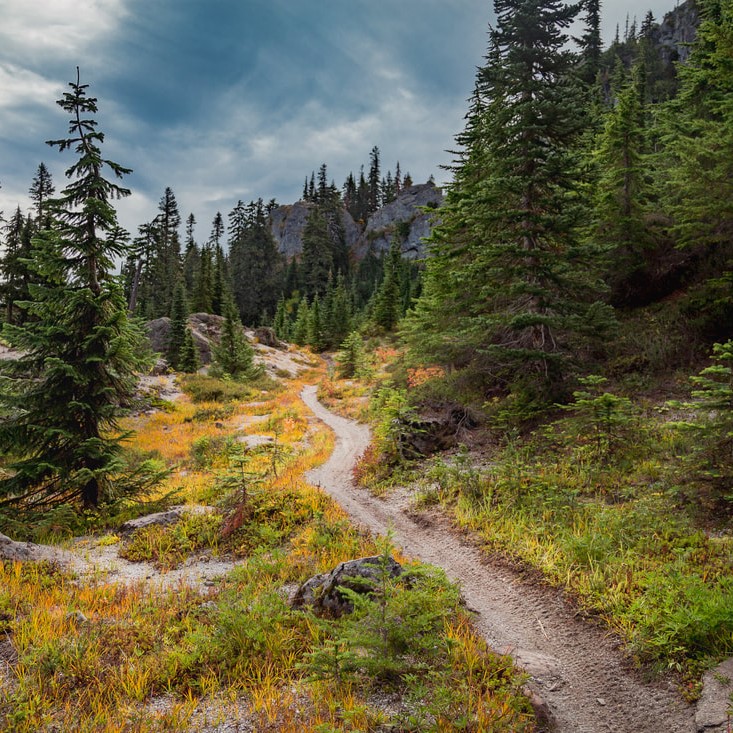These layers provide information on land ownership and management for trip planning purposes.
When a route passes through large swaths of public lands, dispersed camping is likely allowed. The opposite is true when passing through private lands.
You can also use the map to identify land managers to reach out to for more information, trail status updates, and bike access rules.
For example Wilderness Areas generally don’t allow bikes, Wilderness Study Areas have variable access, and National Conservation Areas are generally bike-friendly and National Park Service administered lands (viewable in the “Federally managed lands” layer) generally allow bikes only where motor vehicles are allowed, with some exceptions. Contact the specific land manager to be sure.

















































